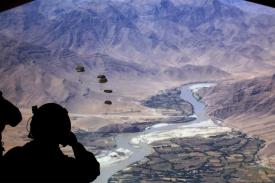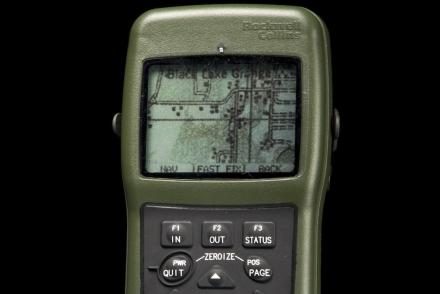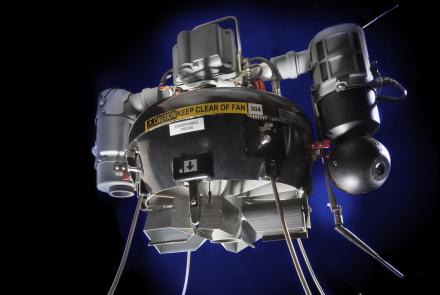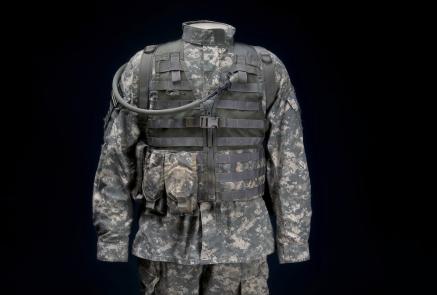Time and positioning go beyond navigation.
GPS has become an indispensible military asset and transformed space into a platform for war. Public awareness of GPS grew during the 1990–91 Persian Gulf War, which showcased its effectiveness to synchronize operations, provide navigation information, pinpoint targets, and locate personnel.
GPS now is the core navigation system for U.S. military aircraft, vessels, vehicles, and personnel. It has changed the nature of weapons targeting, command and control, guidance of unmanned systems, and supply delivery on the battlefield.











